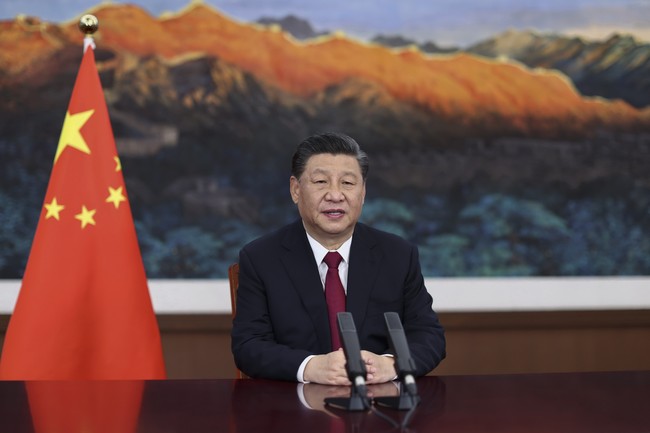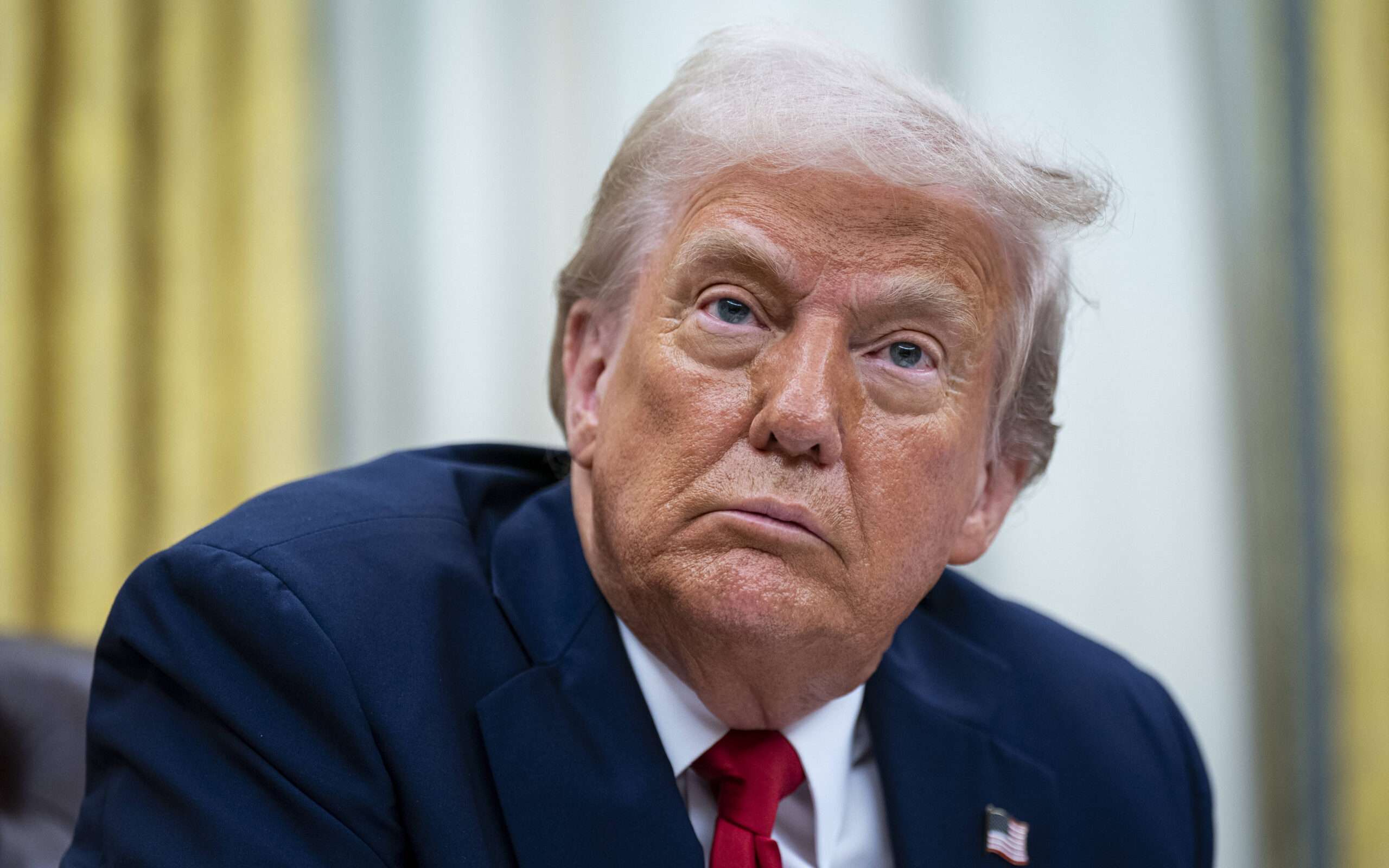US-China Trade Tensions: A Clash of Tariffs and Strategies
Amid escalating US-China trade tensions, both nations resort to higher tariffs and resilient postures, influencing global markets and economic forecasts. Insights reveal a complex geopolitical landscape.
Published April 10, 2025 - 00:04am

Image recovered from redstate.com
In an unfolding scenario of economic tension, the United States and China have plunged deeper into a trade war that shows no immediate signs of abatement. President Donald Trump has implemented a formidable 104% tariff on Chinese imports, a move reciprocally met by China with an 84% tariff on US goods starting Thursday. This clash marks a significant escalation in hostilities as both nations grapple with protecting domestic interests while attempting to rebalance their economic dynamics.
Chinese President Xi Jinping has responded with resolve, refusing to kneel to what he perceives as coercive tactics. This step is viewed as a necessary assertion of China's sovereignty and its right to expand economically. Yet such a bold stance risks further alienating its trading partners and destabilizing its economic links with the world's dominant consumer market.
Amid this backdrop, US Treasury Secretary Scott Bessent has labeled China's retaliatory tariffs as ‘unfortunate' and ‘counterproductive'. Bessent argues that the refusal of Chinese negotiators to engage meaningfully reflects broader systemic issues within international trade. Echoing concerns from US allies, he highlights a strategic shift towards greater manufacturing within America, nudging China towards enhanced domestic consumption to balance global economic scales.
The economic tensions have sent ripples through global stock markets, with US indices like the S&P 500 suffering significant declines, losing trillions in market value in the mere days following Trump's tariff announcements. Investors express growing trepidation over recessionary signals, especially as global supply chains face uncertainty.
Elsewhere, strategic geopolitical actions accompany the tax maneuvers. The White House's tailored approach to trade talks prioritizes opportune alliances with South Korea and Japan, indicative of a methodical albeit selective foreign policy that circumvents immediate engagement with Chinese negotiations. As Japan's Nikkei index reflects broad sell-offs, other Asian markets brace for impact amid intensified economic posturing.
Inside China, government responses suggest measured restraint; the devaluation of the yuan remains speculative, though its potential to trigger a domino effect across global markets raises valid concerns. Such financial maneuvers, if pursued, could necessitate reciprocal tariff hikes globally as countries strive for economic equilibrium.
Internationally, the European Union has positioned itself to join the fray, proposing additional duties on select US goods. These countermeasures signify a broader international reluctance to accommodate US-imposed tariffs passively, further complicating the global trade regime, which has maintained relative stability in decades past.
Despite these uncertainties, some business leaders close to Trump advise reversing course, citing unanticipated economic turbulence that tariffs have incited. In response, the administration explores strategic exemptions, ensuring that country-specific dialogues adapt to the shifting economic landscape, prioritizing military and foreign aid considerations.
In a world where economic policies deeply intertwine with diplomatic strategy, the ongoing US-China trade conflict underscores an increasingly complex reality. As nations recalibrate their economic policies amidst these heightened tensions, the overarching demand for innovative diplomatic and economic solutions looms large on the horizon.







